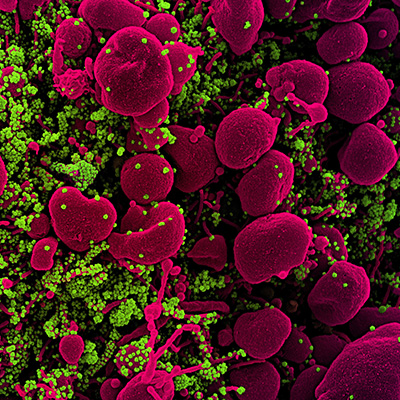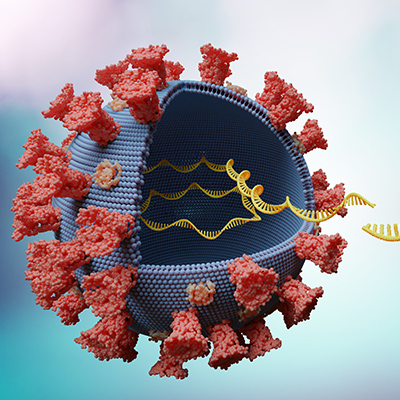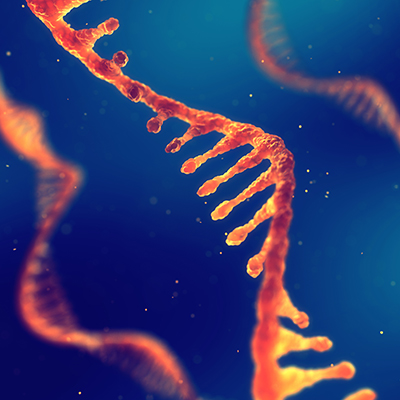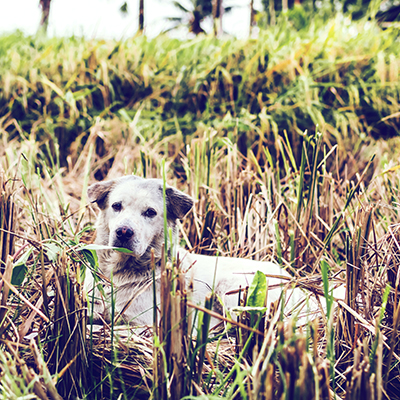June 1, 2020 -- A team of scientists evaluating how SARS-CoV-2 jumped to humans found that several genetic recombination events made it especially well-suited to infect humans, according to a study published in Science Advances on May 29.
Researchers quickly identified SARS-CoV-2, the etiological agent of COVID-19, as a member of the genus Betacoronavirus that includes a variety of coronaviruses (CoVs) isolated from bats. SARS-CoV-2 shares the highest genetic similarity with the bat CoV RaTG13 that was sequenced in 2013. In 2020, researchers identified CoVs obtained from pangolins from two distinct locations in China that are also closely related to SARS-CoV-2.
Understanding the origin of SARS-CoV-2 may help prevent further cross-species transmission and manage the existing disease outbreak. Furthermore, tracing the virus's evolutionary path may guide vaccine efforts.
From previous outbreaks of SARS-CoV and MERS-CoV, researchers know that zoonotic transmissions with intermediate hosts between bat reservoirs and humans is a common pattern. A nonhuman virus identical to SARS-CoV-2 has not yet been found.
Based on genomic analysis of SARS-CoV-2, researchers from Duke University, Los Alamos National Laboratory, the University of Texas at El Paso, and New York University demonstrated the complex evolutionary recombination and selection between CoVs from distinct host species and cross-species infections that likely originated SARS-CoV-2.
According to the researchers, constructing standard phylogenetic reconstructions of SARS-CoV-2 is difficult because of extensive recombination, or the exchange of genetic materials between different organisms.
SARS-CoV-2 has a nearly identical receptor binding motif to the one found in pangolin CoVs, which also have the ability to bind to human angiotensin-converting enzyme 2 (ACE2) receptors, while bat RaTG13 has an entirely unique receptor binding motif. The researchers propose that bat-like CoVs may have obtained receptor binding motif sequences through recombination with pangolin-like CoVs. They hypothesize that these ancestral recombination events have played a key role in the evolution of the strain that led to the introduction of SARS-CoV-2 into humans.
"There are regions of the virus with a very high degree of similarity of amino acid sequences among divergent coronaviruses that infect humans, bats and pangolins, suggesting that these viruses are under similar host selection and may have made the ancestor of SARS-CoV-2 able to readily jump from these animals to humans," said study co-lead author Xiaojun Li, PhD, from the department of medicine at Duke University, in a statement.
Extensive recombination and strong purifying selection pressure involving the S gene has enabled efficient binding to human receptors over time. This has been the case for SARS, MERS, and SARS-CoV-2. Therefore, according to the researchers, constant surveillance of coronaviruses in natural hosts and in humans will be key to controlling new coronavirus outbreaks in the future.
"Very much like the original SARS that jumped from bats to civets, or MERS that went from bats to dromedary camels, and then to humans, the progenitor of this pandemic coronavirus underwent evolutionary changes in its genetic material that enabled it to eventually infect humans," said Dr. Feng Gao, a professor of medicine at Duke University.
"In our study, we demonstrated that indeed SARS-CoV-2 has a rich evolutionary history that included a reshuffling of genetic material between bat and pangolin coronavirus before it acquired its ability to jump to humans," noted study co-lead author Elena Giorgi, PhD, staff scientist at Los Alamos National Laboratory.
Do you have a unique perspective on your research related to evolutionary genomics or infectious disease? Contact the editor today to learn more.
Copyright © 2020 scienceboard.net










